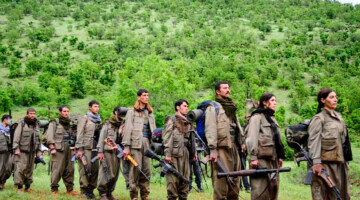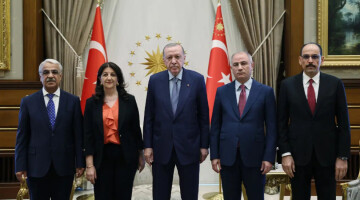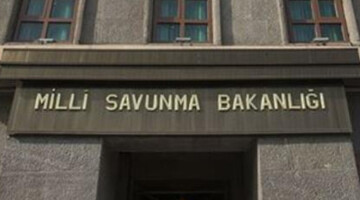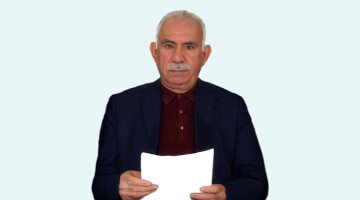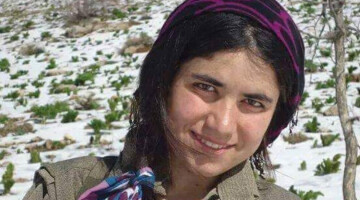Manbij Military Assembly member and one of the Shams Al-Shamal commanders Abû Layla was wounded on his head by pieces of shrapnel in the ISIS mortar and missile attack on Abû Qelqel village during the Manbij liberation operation launched on June 1 by the Manbij Military Assembly. He lost his life yesterday due to his wounds.
Abû Layla actively partook in the Syrian popular insurgences of 2011 and joined the struggle for freedom, justice and equality when the insurgencies turned into a bloody civil war as a result of direct and indirect meddling from international and regional powers.
Abû Layla was a seeker, fighter and commander of freedom, justice and equality in the popular insurgency period of 2011.
He did not stand with the Baath regime, or gangs in the Syrian National Coalition, or ISIS gangs. He stood tall against them all and furthered the fight for freedom.
Manbij Military Assembly member and one of the commanders of Shams Al-Shamal, Abû Layla was vital to the formation of Jabhat Al Akrad and Shams Al-Shamal.
While the resistance against ISIS gangs and the like raged on in Manbij, in Kobanê and surrounding villages, and in operations Sirrin and Tishreen Dam, Abû Layla joined the command level in the Manbij liberation operation launched on June 1, 2016.
Abû Layla was wounded seriously on June 3 in Xefiet Abû Qelqel village when a mortar shell exploded near him. He had a piece of shrapnel lodged in his skull. He could not be saved, despite all efforts by the doctors.
WHAT NOW?
So, what now? It will be useful to answer this question with the Colombian example and examples from this process itself.
One of the founders of FARC-EP and its leader Manuel Marulanda Velez died of a heart attack. The Colombian government lied and said Velez was killed in an aerial attack by the Colombian army forces, to motivate the people and gain the morale upper hand.
But Timoleón Jiménez, in the central command of FARC-EP at the time, exposed the lie of the Colombian government to gain the psychological upper hand with video footage he sent to TeLeSuR TV, and thus blew the gaff on the Colombian government, so to speak, with this footage.
Following the death of Manuel Marulanda Velez, Alfonso Cano became the leader of FARC-EP after internal discussions. Alfonso Cano has a deep significance and importance in FARC-EP. He was not just a leader, he was also an intellectual, a thinker, a guerilla in the Colombian mountains and a commander.
Alfonso Cano became the head ideologue of the organisation, taking over from head ideologue and one of the founders of FARC-EP Jacobo Arenas following his death. That was the reason why he was made leader after Velez lost his life.
And that fact led the Colombian government to concern and fear. Because FARC-EP had entered a period of restructuring under the leadership of Alfonso Cano. Cano’s first act as leader was on the organisation.
He established authority over the dispersed guerilla groups in different fronts. Then he played a key role in removing the strategic rivalry between the second largest guerilla movement in Colombia, the ELN, ending clashes between the two organisations and issuing a joint declaration followed by a treaty.
FARC-EP gained more political and military power in this period. Also in this period, more people joined the FARC-EP. Colombian government was watching the developments closely and made getting rid of Cano their primary objective.
As such, US-backed Colombian army forces launched an operation on November 4, 2011 that included thousands of soldiers and the latest technology weapons. FARC-EP leader Alfonso Cano was murdered in this operation in the forests of Cauca.
Colombian President Juan Manuel Santos was drunk on victory following the murder of Alfonso Cano and issued calls to the guerillas to surrender, and to the FARC-EP to lay down arms and disband the organisation. He flung threats around that if they failed to comply, all the guerillas would have to choose between “either death, or the grave like Alfonso Cano”.
But the FARC-EP was swift to answer Santos’ threats. Following the murder of Commander Alfonso Cano, FARC-EP sent this message to the world and answered the threats as such:
“This is not the first time Colombia mourns a great leader of the oppressed and the exploited. It isn’t the first time the void left behind by the leader to be filled with courage and a complete faith in victory either. Peace in Colombia won’t come with the guerilla laying down arms and surrendering. It will come with the resolution of the sources of the insurgency. This is a continuing political line.”
Following this message, Timoleón Jiménez became the leader of FARC-EP after internal discussions. FARC-EP prepared for the coming period with the motto, “Life is struggle. We don’t have even a minute to mourn our dead.”
THE MOTTO SHOULD BE “WE DON’T HAVE EVEN A MINUTE TO MOURN OUR DEAD”
This is exactly the answer everybody, most of all the fighters of the Manbij Military Assembly, should give to the question, “Now what?” Life is a struggle. We don’t have even a minute to mourn our dead.
Commander Abû Layla’s resolve, will, tenacity and belligerence should be taken as an example and the Manbij liberation operation started in his command should be crowned with victory.
This is the only way to be loyal to Commander Abû Layla and his fight for freedom, justice and equality.
Manbij Military Assembly member and one of the Shams Al-Shamal commanders Abû Layla’s face smiling under all circumstances will not be forgotten. A democratic Syria and a free Rojava will be built in his memory.


